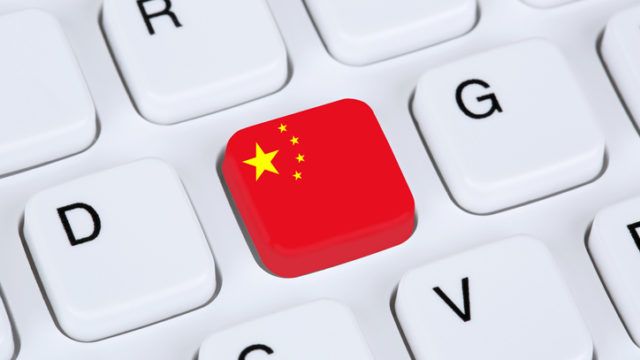The increase in corporate bond defaults came after the government started to normalise the pricing of bonds issued by state-owned enterprises, Shanghai-based Chaoping Zhu, China economist at the firm, told FSA.
“In China, SOE bonds are widely deemed as fully guaranteed by the government, and the issuers are usually bailed out by the government when in trouble. Therefore, the SOE bonds could be issued at lower yields versus private company bonds. The regulators started to allow the defaulting of those bonds in 2015 to relieve the government from the role of guarantor,” Zhu said.
In 2016, 11 companies have defaulted on a total of 22 bonds with a total face value of about RMB16bn ($2.4bn). Six out of the 11 defaults were from companies in materials and commodities such as coal, oil, cement and steel, he said.
Bond market contagion?
The SOE defaults are likely to put pressure on the broader China corporate bond market, he said.
“The rising default cases have pushed up the risk premium of corporate bonds, especially for bonds with lower credit ratings,” he said.
The risk premium of A-rated bonds has increased 100 basis points since the beginning of 2016.
Moreover, he noted a sharp increase in the cancellation of new bond issuances recently.
In April, 103 companies postponed or cancelled their bond issuances due to market volatility, he said. The value of bond issuances affected is estimated at RMB100.9bn, about 3.4 times the value of last year’s cancellations.
However, Zhu said the Chinese government is on high alert to the potential instability from bond market turmoil, and therefore he expects fewer default cases in the coming months.
“It is likely that the SOEs and governments will resume their guarantees on SOE bonds, or at least step in to lead bond restructuring when defaults happen. We also expect the regulators might adopt tighter administrative examination and approval procedures to prevent the abuse of defaults and bankruptcy by SOEs and local governments.”
Of the 11 companies involved in the 22 default cases, seven are SOEs and four are private companies, he said.
While international investors are able to access Chinese corporate bonds through the use of QFII quotas, Zhu said the impact is small, as these investors are mainly interested in buying Chinese government bonds.
However, there is some spillover impact on the Chinese offshore bond markets, as some of the SOEs have issued dim sum bonds (offshore RMB bonds).
“There are spillover concerns about default risk in the dim sum bond market. We have to see if the government is going to do something to help revive investor confidence. The tightening of regulations might help to marketise the bond pricing mechanism in the long term, but it has caused mounting credit risk in the short-term following the sharp rise in the default cases.”
In general, China bond funds have performed comparatively well versus other asset classes. There are 48 Chinese bonds available for sale in Hong Kong, but looking at the last three year’s performance, only two have negative returns.

















